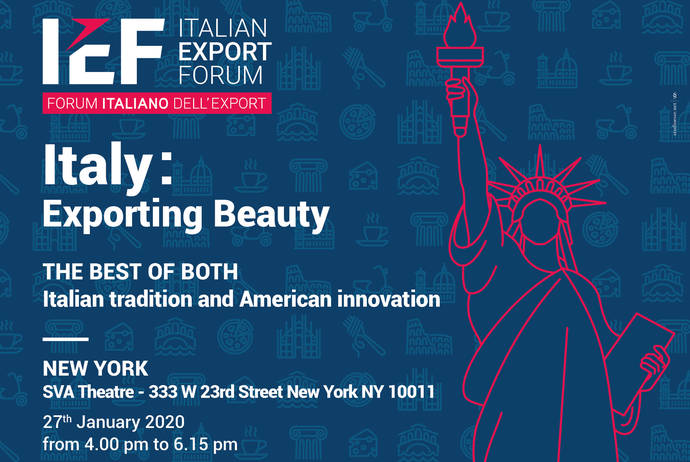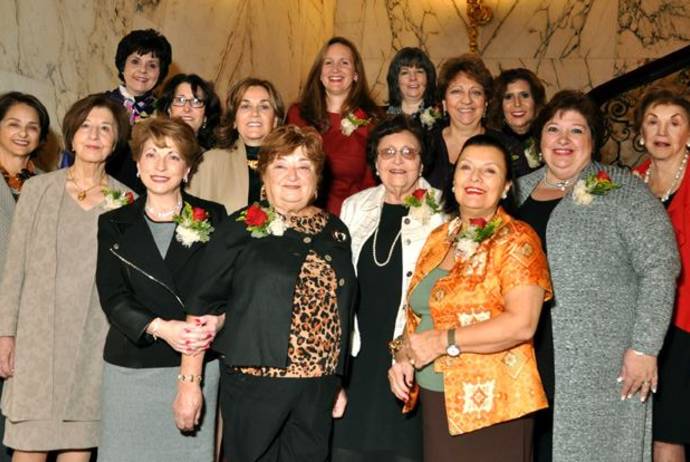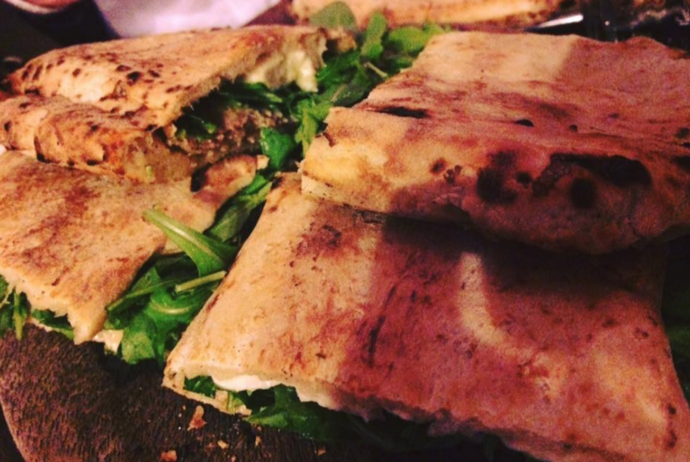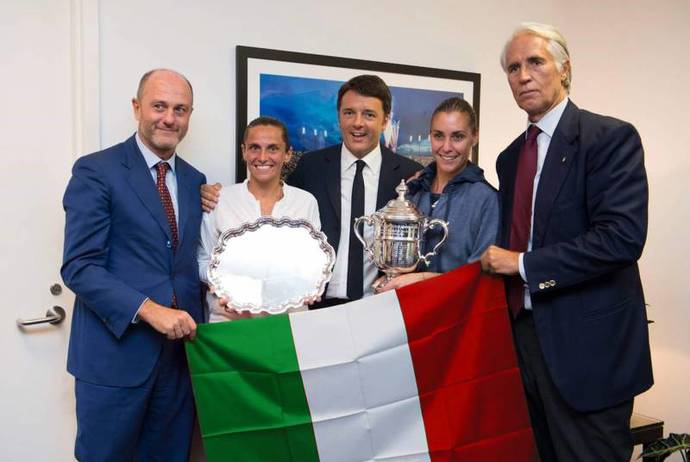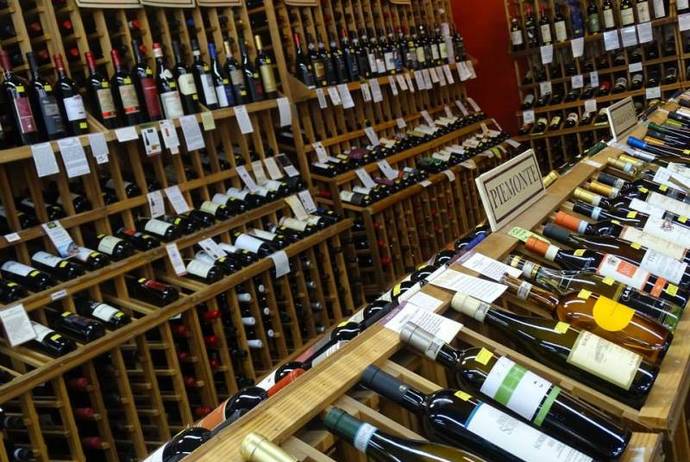E’ l’8 agosto 1991, nel porto di Bari arriva lentamente una nave. Si chiama Vlora, ha un carico di 20mila persone - uomini, donne, bambini di ogni età - provenienti dall’Albania. Per Bari e per l'Italia, ma anche per un’Europa allora inconsapevole, fu un momento di portata storica. Si cominciò ad affrontare quella che diventerà l’emergenza emigrazione.
Non che non ci fossero state avvisaglie, nei mesi che precedettero lo sbarco della nave Vlora furono migliaia i migranti albanesi a sbarcare in diversi momenti sulle coste italiane, ma questa volta si trattava di 20.000 persone tutte insieme nel porto di Bari, un evento epocale. Infatti, proporzionalmente alla precarietà politica albanese sempre maggiore, aumentarono vertiginosamente le persone che decisero di lasciare il proprio Paese nella speranza di raggiungere quello che vedevano come un paradiso. Era poi agosto, il clima aiutava e diminuiva i rischi, mentre tutto poteva avvenire in un'atmosfera estiva apparentemente assonnata.
La fondazione Calabria, nell’anno del suo ventesimo anniversario, ha celebrato con un evento lo storico sbarco dell’8 agosto 1991. Alla cerimonia sono intervenuti il Presidente della Repubblica d’Albania Ilir Meta, Vincenzo Scotti, l’allora Ministro dell’Interno, Aldo Marino, il Console Onorario di Albania in Calabria, Mirella Barracco della Fondazione Napoli Novantanove. In video anche la partecipazione di Gian Antonio Stella, autore di “L’Orda, quando gli albanesi eravamo noi”, e di Don Vincenzo Paglia, il primo prete ad essere inviato in Albania - da Papa Wojtyla - dopo la caduta del comunismo, nel 1991.
Nelle parole espresse dal presidente Ilir Meta l'accento su come questo evento abbia rappresentato la fine di un'epoca e l'inizio di un nuovo capitolo per entrambi i Paesi e i popoli. “Quel giorno, rimane nella memoria collettiva dei nostri due popoli, e non solo, le immagini di una nave che simboleggiava la sofferenza di un popolo, ma anche la speranza per un futuro migliore, in un Paese come l'Italia.” e ancora il presidente dell’Albania: “La storia dell'immigrazione purtroppo continua. Sono tante le sfide dei nostri Paesi, per il presente e il futuro.”
L’allora ministro dell'interno Vincenzo Scotti ha ricordato nei dettagli, alcuni anche inediti, quella che fu un sfida di portata storica per il nostro Paese. Scotti ha rammentato come, con i Presidenti della Repubblica e del Consiglio, Francesco Cossiga e Giulio Andreotti, e il ministro degli Esteri De Michelis, avevano concordato con Tirana un piano di aiuti e di cooperazione economica, sociale e di sicurezza, oltre a un piano di sostegno delle attività scolastiche e universitarie.
“L’accordo che raggiungemmo fu quello di controllare e contenere l’emigrazione e, nel contempo, mettere in campo subito un piano di sostegno alimentare e di altri beni di prima necessità (l’operazione Pellicano gestito dai nostri militari) oltre a un programma di cooperazione per l’insediamento di piccole e medie industrie italiane, di addestramento professionale e di formazione di quadri dirigenti.” Il culmine degli sbarchi fu raggiunto l'8 agosto. "I servizi segreti informarono il nostro governo che stava per partire una nave con a bordo migliaia di uomini, donne e bambini, nell’impotenza delle autorità albanesi a frenare e in qualche modo controllare i movimenti".
Scotti ha raccontato anche del vano tentativo di coinvolgere la comunità europea: "Insieme ai colleghi De Michelis e Boniver, riflettemmo sulla nostra strategia nei confronti dell’immigrazione, andando anche oltre l’orizzonte albanese. Pur consapevoli che ad agosto a Bruxelles non sarebbe stato facile rintracciare molte persone, cercammo di metterci in contatto con le autorità della Comunità Europea per tentare di coinvolgerli in qualche modo sul come fronteggiare un fenomeno che non era un fatto contingente e straordinario ma con cui l’Europa si sarebbe dovuta misurare a lungo.” Volevamo sollecitare una riflessione, ma non potevamo immaginare che l’Europa avrebbe ignorato il tema. Purtroppo non una parola venne ascoltata. “Gli ultimi trent’anni non hanno visto cambiare significativamente la posizione europea anche di fronte alla tragedia dei morti nel mediterraneo e negli altri confini dell’Europa” ha aggiunto Scotti.
E venendo al presente? L’allora ministro degli interni fa notare come, nonostante siano mutati radicalmente sia le dimensioni dei problemi che il contesto dei conflitti globali, rimanga la necessità di un approccio sistemico e cooperativo. "Quello che l’esperienza albanese ci insegna - dice l’allora Ministro degli Interni guardando al cimitero del Mediterraneo e all’Africa - è che bisogna comprendere innanzitutto il contesto economico, sociale e politico nel quale nascono i flussi migratori e le relazioni tra i singoli paesi dell’Europa e quelli dei Paesi dai quali oggi e domani esplodono ed esploderanno le bolle migratorie. Non sono emergenze, ma fanno parte di mutamenti demografici, geopolitici, economici, climatici e devono essere affrontati con adeguate strategie politiche, economiche, sociali e culturali da parte dell’Europa e dei paesi della grande area che va dai Balcani, al Mediterraneo allargato, all'Africa”
Nel 1991 le autorità italiane si rivolsero anche al monsignor Vincenzo Paglia, cofondatore della Comunità di Sant’Egidio, chiedendo che le strutture di volontariato cattolico partecipassero ai programmi governativi italo-albanesi. Straordinaria fu la risposta di Papa Giovanni Paolo II e della stessa Comunità di Sant’Egidio. Monsignor Paglia, oggi presidente della Pontificia Accademia per la vita, all’epoca fu inviato in Albania da Giovanni Paolo II e fu tra i soli tre visitatori che ebbero il permesso di girare liberamente nel paese. Nel suo intervento il sacerdote ha raccolto emozioni e dettagli di un’esperienza che ha definito esaltante.
Paglia ha voluto ricordare un episodio in particolare: “Con l’avvicinarsi dell’apertura delle scuole bisognava stampare i nuovi testi, perché tutto era cambiato, ma non c’era la carta per farlo. In 10 giorni il governo italiano decise di stampare tutti i libri scolastici per tutti gli ordini e così 900.000 ragazzi poterono cominciare a guardare il nuovo mondo che avevano davanti. Bisognava anche ricostruire la vita sociale. E’ stato un momento esaltante. Si sentiva la primavera e la speranza. Ma questi 30 anni non sono stati facili, anzi durissimi.”
Riprendendo ancora parole dall’intervento di Vincenzo Scotti “Oggi, le giornate non sono le stesse, ma nuove sfide politiche, economiche, sociali, ed umane sono di fronte a noi. Le morti degli emigranti nel mediterraneo non possono lasciarci indifferenti. Come Europei, dobbiamo puntare ad avere una politica migratoria e, prima di tutto una politica di sviluppo nei Balcani e nel Mediterraneo che veda i nostri due paesi (l’Italia, fondatore della Unione Europea, e l’Albania, Paese in attesa di entrare) impegnati a dare ai nostri concittadini una visione euro-mediterranea; una visione di coesione verso il continente dell’Africa, essenziale per lo sviluppo complessivo e capace di equilibrare - nel prossimo futuro - i carichi demografici.”
































